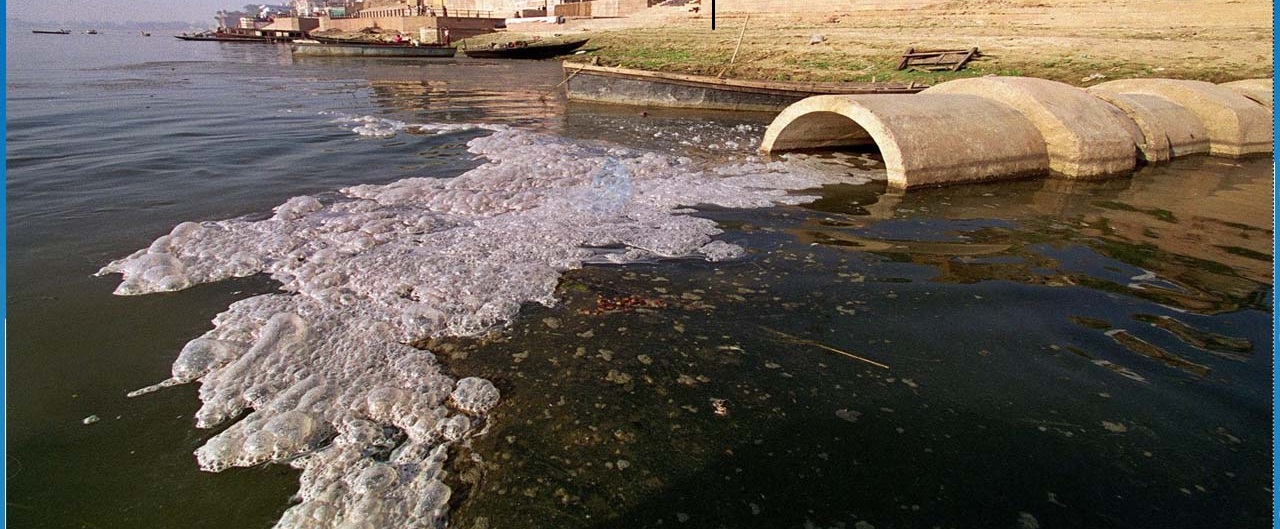In the modern age of urban development and smart city planning, Geographic Information Systems (GIS) have emerged as an essential technology. It empowers planners, engineers, and decision-makers to visualize, analyze, and interpret data in ways that reveal patterns, trends, and relationships. When it comes to infrastructure planning, GIS plays a transformative role by enhancing efficiency, reducing costs, and ensuring sustainability.
Below, we explore the top 5 benefits of using GIS in infrastructure planning, outlining how it shapes smarter, more informed development.
1. Enhanced Spatial Analysis and Visualization
One of the most significant benefits of GIS in infrastructure planning is its ability to visually map and analyze geographical data in real time:
Accurate Site Selection: Planners can identify optimal locations for roads, bridges, airports, and utilities by analyzing terrain, soil type, flood zones, and land use.
Layered Mapping: GIS allows multiple layers of data—like population density, water supply lines, and transportation routes—to be overlaid, providing a comprehensive visual perspective.
3D Modeling for Urban Environments: With advanced GIS tools, stakeholders can create three-dimensional models of infrastructure projects to understand how they will interact with the existing environment.
This capability significantly reduces risks associated with site selection and layout design, ensuring efficient and practical infrastructure deployment.
2. Informed Decision-Making with Real-Time Data
GIS enables access to up-to-date and location-specific data, supporting informed decision-making throughout the project lifecycle:
Live Data Integration: Whether it’s traffic patterns, weather updates, or utility usage, GIS provides real-time data integration to make data-driven planning decisions.
Environmental Impact Assessment: GIS tools help predict and visualize the ecological and social impacts of proposed infrastructure, aiding in compliance with environmental regulations.
Scenario Simulation: Stakeholders can run multiple “what-if” scenarios to evaluate potential outcomes before implementation.
This results in faster, more accurate decisions, reducing time lost due to uncertainty or incomplete information.
3. Cost-Effective Project Execution
Integrating GIS into infrastructure planning can greatly reduce costs across planning, construction, and maintenance:
Optimized Resource Allocation: GIS helps planners identify the most efficient route for pipelines, roads, or electrical grids, reducing material waste and labor costs.
Early Error Detection: By simulating infrastructure layouts, GIS allows for early identification of design flaws or incompatibilities, saving on costly revisions during construction.
Asset Management: GIS-based asset tracking ensures timely maintenance, reducing long-term operational costs and infrastructure failures.
By streamlining the project lifecycle, GIS contributes to budget-friendly, timely infrastructure delivery.
4. Better Public Engagement and Transparency
GIS supports open communication with the public and encourages participation in infrastructure planning:
Interactive Maps for Citizens: Authorities can share GIS maps on public platforms, helping residents understand upcoming infrastructure changes or developments.
Feedback Collection: GIS interfaces allow users to report issues or provide feedback directly on the map, which planners can use to improve project outcomes.
Transparency in Decision-Making: Sharing data and planning logic with the public builds trust and collaboration, especially in urban development projects.
This fosters community support and smoother project execution, minimizing resistance and delays.
5. Long-Term Planning and Sustainability
GIS plays a critical role in ensuring that infrastructure development is sustainable and future-proof:
Climate Resilience Planning: GIS can identify climate risks like flood-prone areas or heat islands and guide infrastructure to more resilient locations.
Land Use Management: It supports balanced land use by helping planners avoid ecologically sensitive zones and maintain green areas.
Smart City Integration: As cities evolve, GIS integrates with IoT and smart city frameworks to support long-term urban development strategies.
Ultimately, GIS enables planners to build infrastructure that serves generations, not just short-term needs.
Conclusion
The integration of GIS in infrastructure planning is no longer optional—it is a necessity for modern, efficient, and sustainable development. With capabilities that range from enhanced visualization to real-time data-driven decision-making, GIS revolutionizes how we design, build, and manage infrastructure. From reducing costs to improving public involvement and long-term sustainability, its benefits are undeniable.


